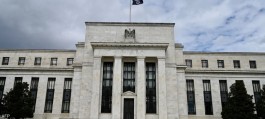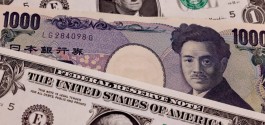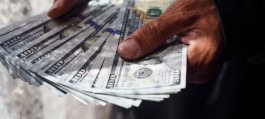The euro rose on Monday after a far-right alliance won the first round of French parliamentary elections but by a narrower than expected margin, while the yen struggled to move away from 38-year lows.
Exit polls showed Marine Le Pen's far-right National Rally party won the first round of France's parliamentary elections on Sunday, but the alliance won a smaller share of the vote than some polls had initially predicted.
The euro, which has fallen about 0.8 percent since President Emmanuel Macron called the election for June 9, rose 0.4 percent to $1.0756, after touching a two-week high earlier in the session.
The euro's rise pushed the dollar slightly lower against a basket of six major currencies, but the greenback was also suffering from data released on Friday showing U.S. inflation slowed in May, boosting expectations that the Federal Reserve will start cutting interest rates later in the year.
According to the CME FedWatch tool, markets are pricing in a roughly 63 percent chance of a Fed cut in September, compared with a 55 percent chance a month ago.
Against the dollar, the pound rose 0.11 percent to $1.2659, while the Australian dollar fell 0.07 percent to $0.66655.
The New Zealand dollar rose 0.12 percent to $0.6098.
The dollar index fell 0.11 percent to 105.61, after earlier hitting a one-week low.
The yen struggled to gain against a broadly weaker dollar and was last down 0.1 percent at 161.03 yen per dollar, still just shy of a 37-1/2-year low of 161.27 yen hit on Friday.
The Japanese currency pared early gains in the session after revised data showed the economy contracted more than initially reported in the first quarter.
The yen has already lost more than 12 percent this year, still affected by the wide interest rate differentials between the United States and Japan, with its recent fall to nearly 160 to the dollar, leaving traders on high alert for any intervention by Japanese authorities to support the currency.
In China, the yuan, also a victim of the stark interest rate differential with the United States, fell slightly by 0.04 percent to 7.3204 per dollar in the offshore market.
The Chinese currency got some support from a private sector survey that showed factory activity among small Chinese manufacturers grew at the fastest pace since 2021, helped by overseas orders.


































